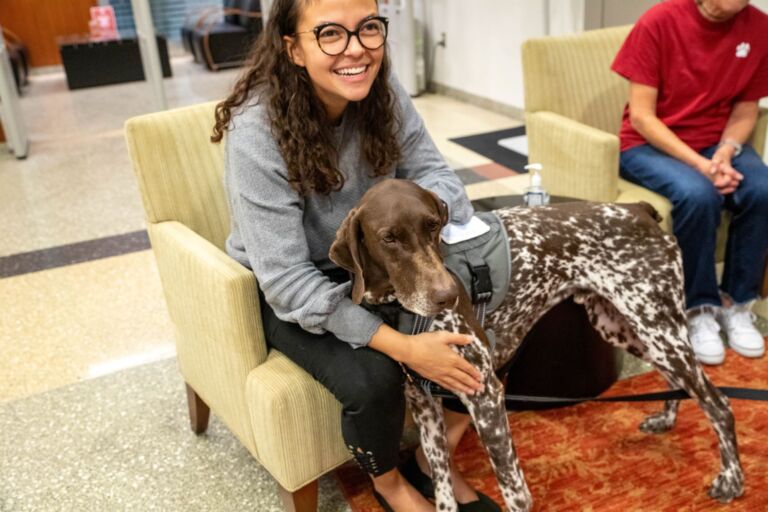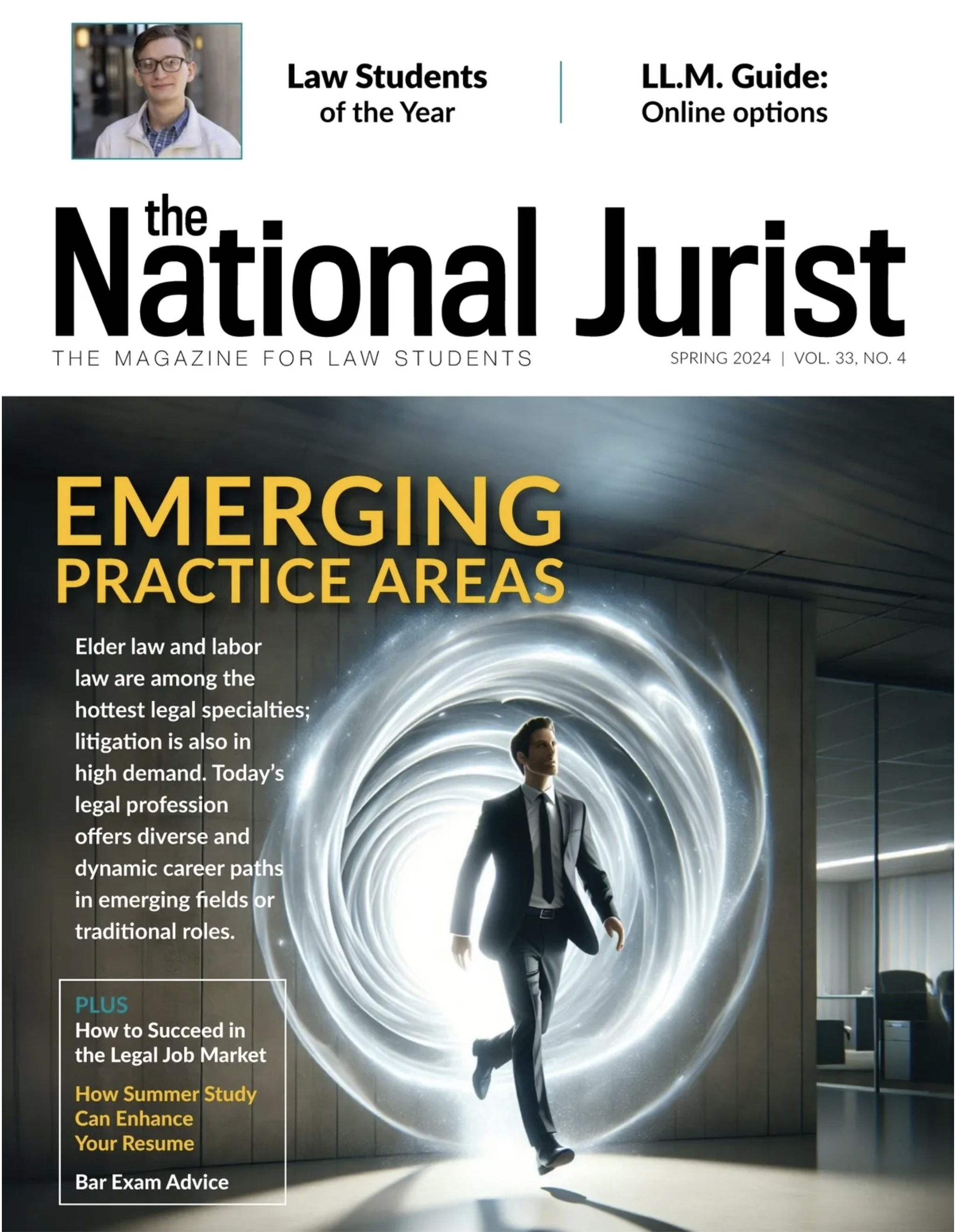Female enrollment is up, costs are up and African Americans are still not getting any where close to the percentage of admissions offers to the nation’s law schools as compared to white people.
All of that comes from AccessLex Institute, which details these results — and many more — in its latest Legal Education Data Deck, an easy-to-digest slideshow.
The sources behind the deck comes from many places — Law School Admission Council, the National Conference of Bar Examiners, the National Association for Law Placement, the American Bar Association Section of Legal Education and Admissions to the Bar and the U.S. Department of Education and the Department of Labor.
AccessLex likes to call the Data Deck “a living document” because it is updated often to offer a picture of how legal education is evolving. Many of the organizations specialize in certain data collection, such as NALP, which focuses on employment. So AccessLex looks to be a clearinghouse for such information.
And given its mission of promoting access, affordability and value when it comes to legal education, it focuses the data to those three areas. Some of the data remains both enlightening and troubling.
Such as:
– Students of color tend to be overrepresented among those who withdraw from law school for non-transfer reasons before their second year.
– Average tuition at private and public resident law schools increased again in 2020.
But there is good news too:
– The number of J.D. degrees awarded to historically underrepresented students slightly increased last year, marking the first increase since 2012-2013. The share of J.D.s awarded nationally to historically underrepresented students continues to rise.
Some of the findings are not exactly surprising, such as law school admissions is becoming more competitive as applications rise. Indeed, this past cycle was one of the most competitive ever and caused schools to both waitlist many students as well as offer money for them to defer a year.
And chances are it was more women who were applying. Indeed, one might find this nugget somewhat fascinating. The gender gap in law school is getting larger and quickly so. It was in 2018 that women first outnumbered men in law school. That trend is rolling along. In 2020, the number of women was 62,000 compare to men, at 52,300.
That did not surprise Tiffane Cochran, AccessLex’s director of research, who noted that more women are graduating from undergrad then men these days. The real question is where are the men going, she said.
Yet another trend that continues to be worrisome is the percentage of African Americans who are not getting law school offers compared to whites. Nearly 80% of whites were admitted, compared to 45% of Blacks and 57% of Hispanics.
Cochran said the LSAT could be a factor. Whites score better on the all-important entrance exam. But a host of variables could be involved when it comes to that deviation. Many minorities don’t have the resources for LSAT prep, for instance.
Many law students are not just shouldering law school costs; they’re carrying undergrad debt too. Forty-five percent have existing school debt before they even buy one law school textbook.
Cochran said that reflects the growing costs of a college education. It’s hard for students to get through undergrad without taking on loans.
While law school has become more expensive, at least many students are getting scholarship help, and it’s been increasing substantially. The median grant has risen 50% from 2011 to 2018, from $13,800 to $21,000. More are getting that help too. In 2011, about half of the students got help. In 2018, the number rose to over three-quarters of students.
And after law school, most grads still get jobs with law firms. In 2019, the number was 55%. In 2009, it was 56%.







